W HAT
THIS
AWL
MEANS
W HAT
THIS
AWL
MEANS
Feminist Archaeology at a
Wahpeton Dakota Village
Janet D. Spector
With essential contributions by
Chris C. Cavender, Diane M. Stolen,
Mary K. Whelan, and Randall M. Withrow
MINNESOTA HISTORICAL SOCIETY PRESS
ST. PAUL
1993 by the Minnesota Historical Society. All rights reserved. No part of this book may be used or reproduced in any manner whatsoever without written permission, except in the case of brief quotations embodied in critical articles and reviews. For information, write to the Minnesota Historical Society Press, 345 Kellogg Blvd. W., St. Paul, MN 55102-1906.
www.mhspress.org
The Minnesota Historical Society Press is a member
of the Association of American University Presses.
International Standard Book Number:
ISBN 13 978-0-87351-278-7
ISBN 10 0-87351-278-2
Printed in Canada
10 9 8 7 6 5
 The paper used in this publication meets the minimum requirements of the American National Standard for Information SciencesPermanence for Printed Library Materials, ANSI Z39.481984.
The paper used in this publication meets the minimum requirements of the American National Standard for Information SciencesPermanence for Printed Library Materials, ANSI Z39.481984.
Library of Congress Cataloging-in-Publication Data:
Spector, Janet.
What this awl means: feminist archaeology at a Wahpeton Dakota village / Janet D. Spector.
p. cm.
Includes bibliographical references and index.
ISBN 0-87351-278-2 (pbk.)
Ebook ISBN: 978-0-87351-757-7
1. Little Rapids Site (Minn.).
2. Wahpeton IndiansAntiquities.
3. Wahpeton IndiansWomen.
4. Feminist criticism.
I. Title.
E99.W135S64 1993
977.654dc20
92-46737
This book is dedicated
with love to the memory and
the spirit of my mother,
Harriet Dizon Spector
(19161982).
ACKNOWLEDGMENTS
This project has been full of wonder since it began more than a decade ago, in large part because so many people have contributed so much to it in so many different ways. Students and faculty who worked with me at Little Rapids were a constant source of stimulation, encouragement, and insight. I am grateful for my circle of close friends and colleagues who listened patiently, read well, and challenged me with just the right mix of criticism and care. I particularly want to thank Robin Berry, Susan Cahn, Sharon Doherty, Sara Evans, Susan Geiger, Allen Isaacman, Barbara Laslett, Patricia Mullen, Barbara Noble, Elizabeth Scott, Diane Stolen, Denise Tabet, Anne Truax, Gwen Walker, Judith Wanhala, Kath Weston, Mary Whelan, and Randy Withrow for their ever-steady support.
Members of my familyJess, Nate, Bob, two Susans, Sandy, Rich, David, and Travisprovided nourishing love over this long process. Members of Mazomanis familyChris, Audrey, Angie, Lorraine, Gary, and Elsie Cavender and Carrie Schommerhave enriched my work and my life. (Elsie Cavender died February 1, 1993, at age eighty-six.)
Jerome Kyllo generously adapted a building on his farm for use as our field laboratory each summer. Paul Klammer and Arlo Hasse shared their precious collections with us. The University of Minnesota graduate school, summer school program, College of Liberal Arts honors program, and the Educational Development Program provided critically needed financial resources for our field and lab work. Terri Valois and Marj Breeden of the anthropology department and Bill Weir and Chuck Kartak of the Minnesota Department of Natural Resources supplied vital logistical support at the university and at the site. Special thanks also to Christy Caine and Barbara OConnell of the state archaeologists office for their strategic assistance.
My good fortune continued during the latest phase of this project in working with outstanding editors at the Minnesota Historical Society Press. Ann Regan and Marilyn Ziebarth read with laser-like precision and asked hard questions, all the while treating me and my words with great care and respect. Their engagement, encouragement, and enthusiasm has been a constant source of energy. Finally, I want to thank Karen Miller for keeping me close to the spirit of Little Rapids and Susan Geiger foramong so many thingssimply being there.
CONTENTS
W HAT
THIS
AWL
MEANS
ONE
ARCHAEOLOGY
AND
EMPATHY
W hen I excavate sites and touch things that have lain untouched for centuries, I know why I am an archaeologist. But until now, when I wrote about those sites and objects, I felt no connection with the past, my own or that of the people whose cultural landscapes I had unearthed. Writing What This Awl Means, a story about a Dakota girl who lost a carved awl handle a century and a half ago, brought back thoughts and feelings I had experienced as a young girl drawn to archaeology. As I learned about the disciplineand, especially, how to write about archaeology for academic readersI found myself increasingly distanced from the question that had fascinated me since childhood: What was life like for people in the past? While composing the awl story in place of the standard archaeological report or scholarly article, I was reminded of my original reasons for wanting to be an archaeologist. These motives are empathetica longing to discover essences, images, and feelings of the pastnot detached, distanced, objective.
It took me a long time to reconnect with the past. My interests in archaeology and Indians began in the late 1940s in Madison, Wisconsin, when my grandfather walked with me and my friends to the zoo in Henry Vilas Park. Our route took us through unmarked Indian burial mounds on a ridge above the park. I do not recall his ever telling us anything about the mounds or the people who built them. I doubt that my grandfather, who had fled Russia around 1890 to escape pogroms against Jewish people, knew anything about Indians, though his experiences with persecution were not so different from theirs. I knew virtually nothing about the Indian mounds except that they were an important, memorable part of my early sense of place.
When I was five, we moved to a Madison neighborhood called Nakoma. We lived on the corner of Cherokee Drive and Shawnee Pass. Almost every street had a real or made-up Indian name: Manitou Way, Waban Hill, Hiawatha Drive, Seminole Highway, Iroquois Drive, Huron Hill. No teachers at Nakoma Elementary School or Cherokee Junior High School thought to tell us how these place-names were selected, let alone anything about the peoples we knew of in this peculiar way.
I remember walking down Cherokee Drive on trash pick-up day and looking in cans to see what broken appliances, gadgets, and other interesting junk neighbors had thrown away. I also liked to scavenge for objects lost in the dry creek near Cherokee Drive. Kids often went to the creek for smoking or other forbidden acts, and sometimes I found clues to childrens secrets: a jackknife or a cigarette lighter.
I trace the roots of my interest in archaeology to these childhood wanderings among Indian mounds and along streets bearing Indian names in search of things that people abandoned or lost. Of course the peoples named Huron, Seminole, Iroquois, Cherokee, or Shawneegroups separated by culture, language, and hundreds of miles when they first encountered Euro-Americansnever lived in my neighborhood or even in Wisconsin. No one ever told me about them or their histories, but I wondered what life was like when other Indian peoples lived in my neighborhood.
I began studying archaeology in 1962 as a freshman at the University of Wisconsin at Madison, but I found the subject much less interesting than I had expected. This disappointed me, since I had decided in the ninth grade to become an archaeologist, despite having been told that girls could not be archaeologists and not knowing what it took to become one. With a few exceptions the readings in undergraduate courses bored me. I despised being required to memorize the esoteric names and obscure traits that defined types of stone tools and pottery. These types constituted the archaeological cultures that students dutifully charted through time and space on their final exams. I learned from these courses that archaeologists apparently considered artifact classification more important than the people who had made the tools, about whom very little was said. The archaeology I was taught was objective, object oriented, and objectifying.

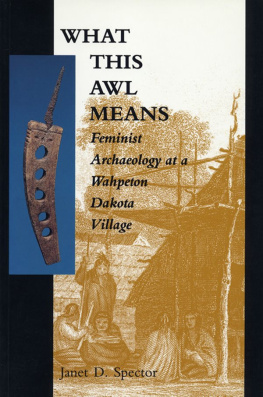
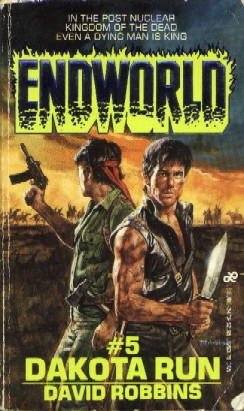

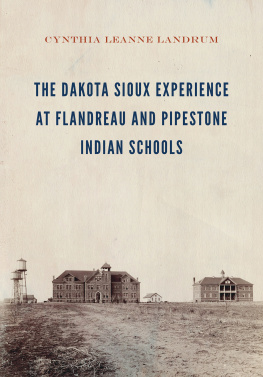
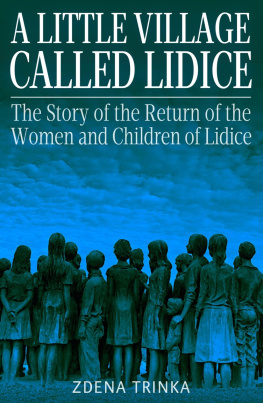
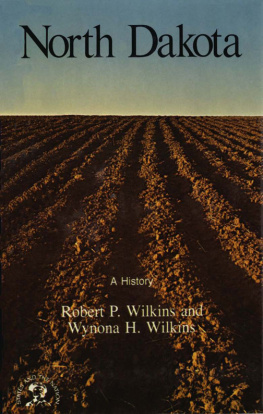
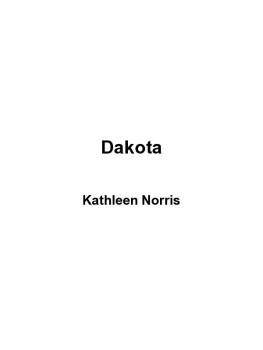
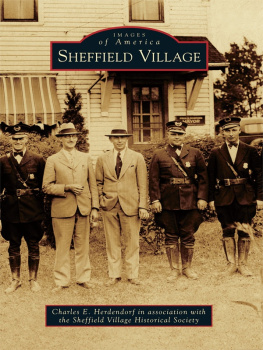
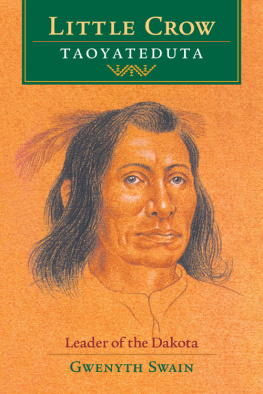
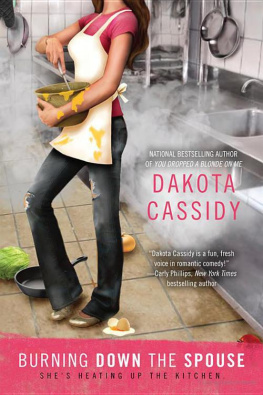
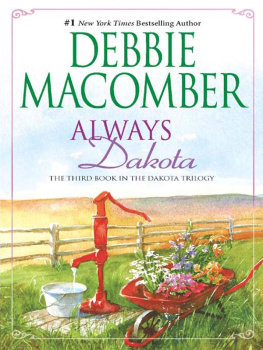

 The paper used in this publication meets the minimum requirements of the American National Standard for Information SciencesPermanence for Printed Library Materials, ANSI Z39.481984.
The paper used in this publication meets the minimum requirements of the American National Standard for Information SciencesPermanence for Printed Library Materials, ANSI Z39.481984.